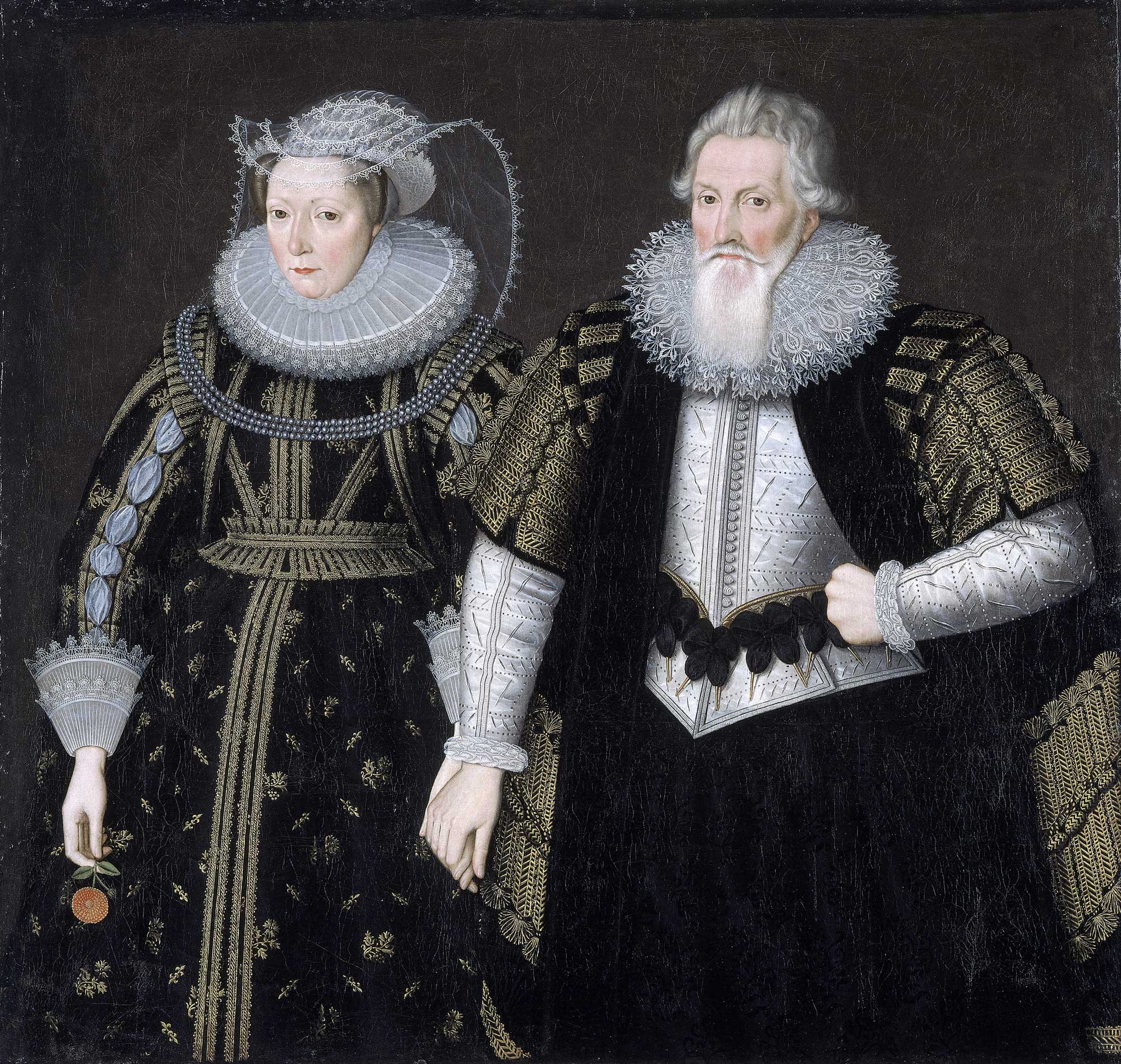Cardiff Castle had been owned by the Marquis of Bute. His main home was Mount Stuart on the Isle of Bute, but he had extensive business interests in Wales - mining and docks. He had the castle apartments decorated in the most extravagant Arts & Crafts Gothic style ... but he and his family only occupied the castle for 4 weeks in summer, and 2 in winter! He was alleged to be the richest man in Europe - and displayed ostentatious wealth. A devout Catholic convert, a keen linguist, with rooms in arabic styles as well as Arts & Crafts. Lots of animals depicted. Very interesting to arts and crafts enthusiasts, but actually slightly uncomfortable. Arts & Crafts main fault was that extolling the virtues of hand-crafted decoration meant it was unsustainable - only the very richest could afford it - and these people were living extravagantly on the labour of the poor - in this case miners and dockers. This sits badly for me. Interestingly Cardiff Castle was given to the people of Cardiff in 1947, when the mines were nationalised. The Marquis no longer needed to come to Cardiff as his business interests were no longer. If the mines were nationalised - what compensation was given to the Marquis? The mines would not have been donated to the nation! The current Marquis is a tax exile in Switzerland.
 |
| Hand carved monkey with servant bell concealed in its mouth |
 |
| Coat of arms. Symbol on right is the scarf of the fair maiden that would be tied around the lance of her favoured lancer |
 |
| Antonio Mancini, Portrait of a Girl, Courtesy of National Gallery of Wales |
 |
| Terry Sketch, Night Watch Courtesy of National Gallery of Wales |
Antonio Mancini (man) and Terry Setch (man or woman? credited as woman in Gallery, but man on Wikipedia) work in impasto. Terry Setch did a lot of work with the Greenham Common Women and had a high regard for these people who held firm with their beliefs in adverse circumstances (bad press and inclement weather). The gallery description describes them as having 'strength, ingenuity, reliance, determination and power'. Interesting descriptors, particularly given I am considering how women are represented. (Equally, further round the exhibition, I found watercolours by women, described as 'charming' - yuk!)
 |
| Sir Thomas Mansel and his second wife Jane Pole, 1625 Courtesy of National Gallery of Wales |
Then I moved from looking at Women as Subject, to Women as Donor. Cardiff Museum has an extensive collection of Impressionist art - bequests in 1953 and 1961 from Margaret and Gwendoline Davies, who were spinster heiresses to estates from mining and docks. Their grandfather was a Non-Conformist entrepreneur in mining, who built the Barry Docks because of the extortionate fees charged by Cardiff Docks (owned by the Catholic Marquis of Bute?) to export his coal. Both the sisters had toured Europe for their art education as young women, then worked as Red Cross nurses in WW1, turned the family home into a convalescent hospital, and conducted good works with the old and infirm. Both collected art. There were some classic paintings from series artworks - one from the Haystack series, one from Rouen Cathedral by Monet, plus Morisot, Renoir, Pisarro, Van Gogh. Amazing collection, but I'm not sure how I feel about this immense wealth being built on the labour of the poor. My Dad was a Bevan Boy in wartime - when mines were still privately owned - and he was always so militant on behalf of the miners, for their hard work in terrible conditions. I am not able to articulate my position on this yet.
Finally we went to St Fagan's Museum of Welsh Life. Great open air museum (it poured with rain!). Lots of traditional Welsh buildings have been dismantled and moved here. A row of terrace houses showed progression of living conditions from 1800-1950. Perfectly liable but huge contrast to St Fagan's Castle. In the castle there was a sofa, covered in 6" embroidered squares made by visiting ladies. There must be a story behind the object but the museum has not exploited it.
There were lots of Welsh speaking staff on site. Apparently the Welsh language has been promoted since the Welsh Assembly has been created. Good.
No comments:
Post a Comment